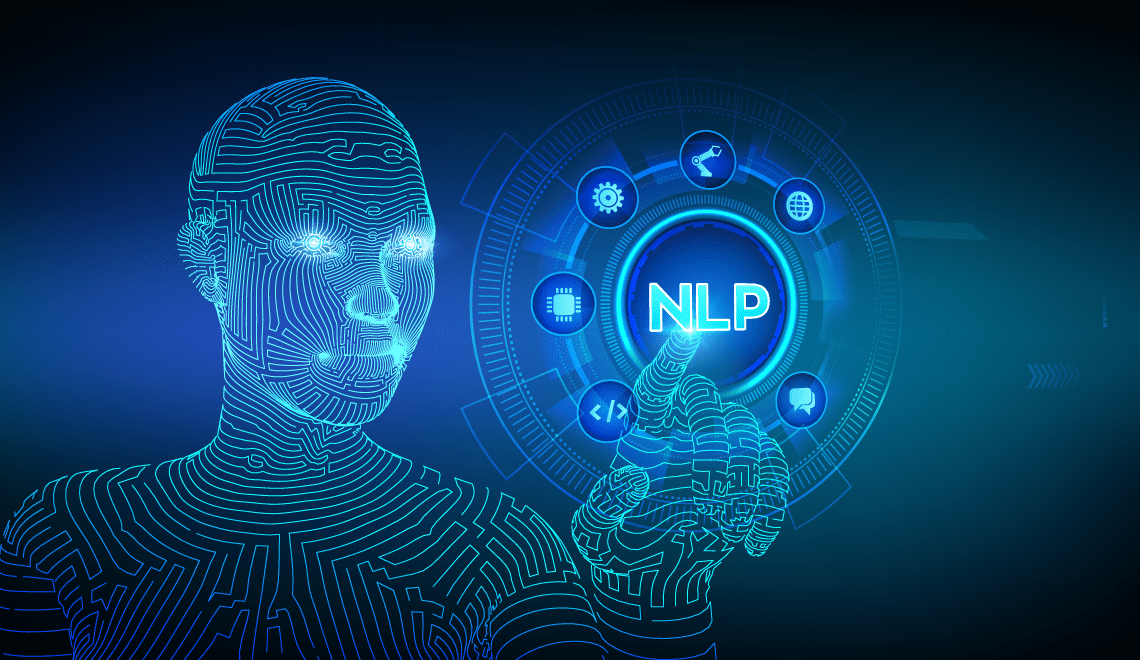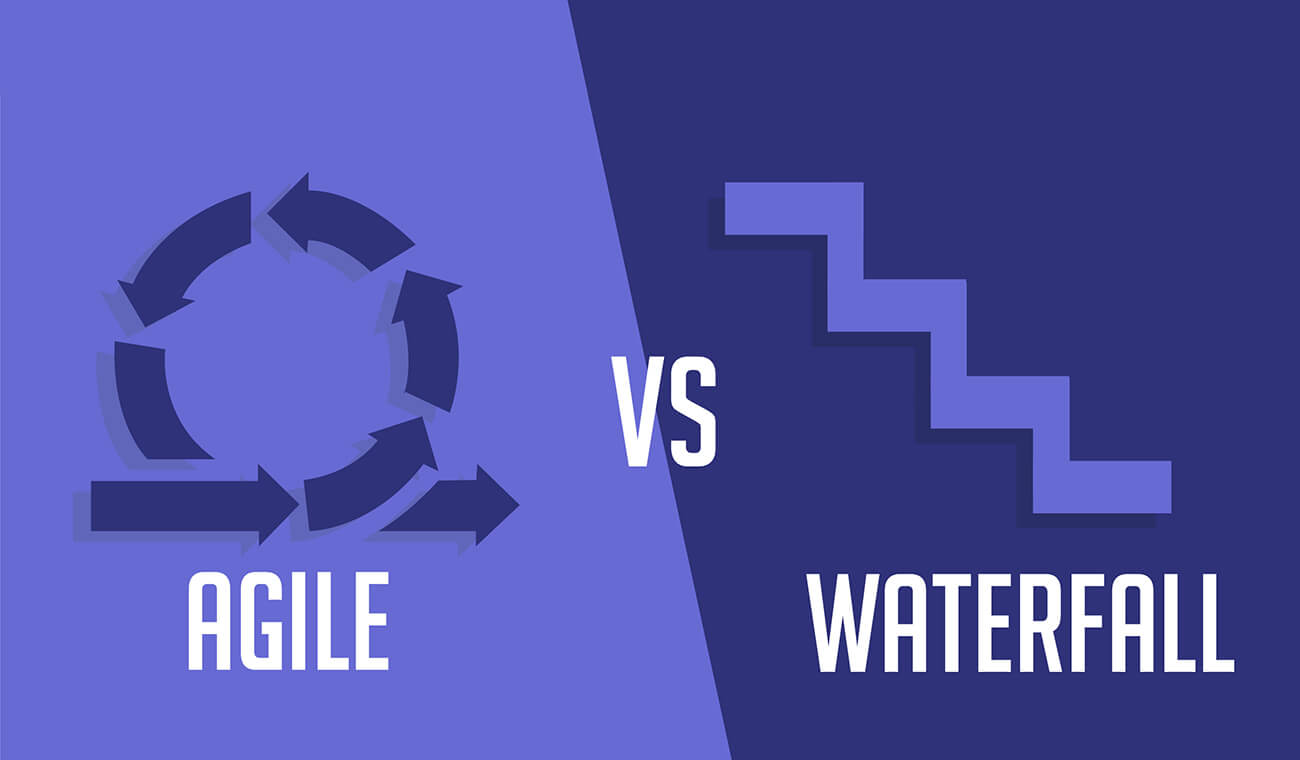In today’s rapidly evolving business landscape, digital transformation is no longer an option, but a necessity. Companies across every industry are seeking innovative ways to leverage technology to optimize operations, enhance customer experiences, and gain a competitive edge. While off-the-shelf software solutions offer a quick fix, it’s custom software that is truly fueling this transformation, providing tailored solutions that address unique business needs and unlock unprecedented growth.
The Limitations of “One-Size-Fits-All”
Generic, pre-packaged software often comes with limitations. Designed for a broad market, they may include features your business doesn’t need, or, more critically, lack the specific functionalities that are crucial for your unique workflows and challenges. This can lead to inefficient processes, data silos, and a constant struggle to adapt your operations to the software, rather than the other way around.
The Power of Tailored Solutions
Custom software, on the other hand, is built from the ground up to perfectly align with a company’s specific processes, goals, and challenges. This bespoke approach offers a multitude of benefits that are pivotal for successful digital transformation:
- Precise Alignment with Business Needs: No two businesses are exactly alike. Custom software is designed to cater to your precise requirements, ensuring every feature and functionality serves a direct purpose in streamlining your operations and achieving your objectives. This means no wasted resources on unnecessary features and maximum efficiency for your core activities.
- Enhanced Efficiency and Automation: Manual, repetitive tasks are a major drain on productivity. Custom software can automate these processes, reducing errors, saving time, and freeing up your workforce to focus on higher-value, strategic initiatives. From automating supply chain management to streamlining customer service, the impact on efficiency is profound.
- Seamless Integration: Digital transformation often involves connecting various systems and data sources. Custom software is built with integration in mind, ensuring it can seamlessly communicate with your existing legacy systems, CRM, ERP, and other tools. This eliminates data silos, improves data accuracy, and fosters better collaboration across departments.
- Scalability and Adaptability: As businesses grow and market dynamics change, your software needs to evolve. Custom solutions are designed for scalability, allowing them to adapt to increased demands, new features, and evolving business models without requiring a complete overhaul. This “future-proofing” is crucial for long-term success.
- Improved Data Security and Compliance: With cyber threats on the rise and strict regulatory requirements (like GDPR or HIPAA), data security is paramount. Custom software offers a higher level of control over security features, allowing you to implement specific protocols tailored to your industry’s standards and your sensitive data.
- Competitive Advantage: By addressing your unique challenges and offering functionalities unavailable to competitors using off-the-shelf solutions, custom software provides a distinct competitive edge. It enables innovation, differentiation, and the ability to respond swiftly to market shifts.
- Enhanced Customer Experience: Custom software can be designed to create personalized and intuitive experiences for your customers, whether through user-friendly mobile apps, self-service portals, or tailored e-commerce platforms. This leads to increased customer satisfaction, engagement, and loyalty.
Custom Software in Action: Industry Examples
The impact of custom software is evident across diverse sectors:
- Healthcare: Custom Electronic Health Records (EHR) systems ensure patient data confidentiality, streamline administrative workflows, and integrate with medical equipment. Patient portals empower individuals to manage appointments and access records, while AI-driven solutions aid in diagnostics and personalized treatment plans.
- Manufacturing: From optimizing production processes and inventory management to predictive maintenance and digital twins, custom software helps manufacturers achieve greater efficiency, reduce costs, and improve quality control.
- Financial Services: Custom banking software, fraud detection systems, and portfolio management tools enhance security, streamline transactions, and provide data-driven insights for financial planning.
- Retail and E-commerce: Custom e-commerce platforms, omnichannel retail solutions, and inventory management systems enable personalized shopping experiences, efficient order fulfillment, and robust sales analytics.
- Logistics and Transportation: Custom fleet management software, route optimization tools, and delivery tracking apps streamline operations, reduce fuel costs, and improve delivery efficiency.
- Education: Custom Learning Management Systems (LMS), virtual classrooms, and student information systems create personalized learning paths, facilitate remote education, and manage academic data effectively.
The Path Forward
Investing in custom software is a strategic decision that offers long-term value, enhanced security, and a significant competitive advantage. It’s about empowering businesses to adapt, innovate, and excel in the digital age. By partnering with experienced software development teams, organizations can harness the power of tailored solutions to overcome challenges, streamline operations, and unlock new opportunities for sustainable growth. As the digital landscape continues to evolve, custom software will remain an indispensable driver of transformation in every industry.




